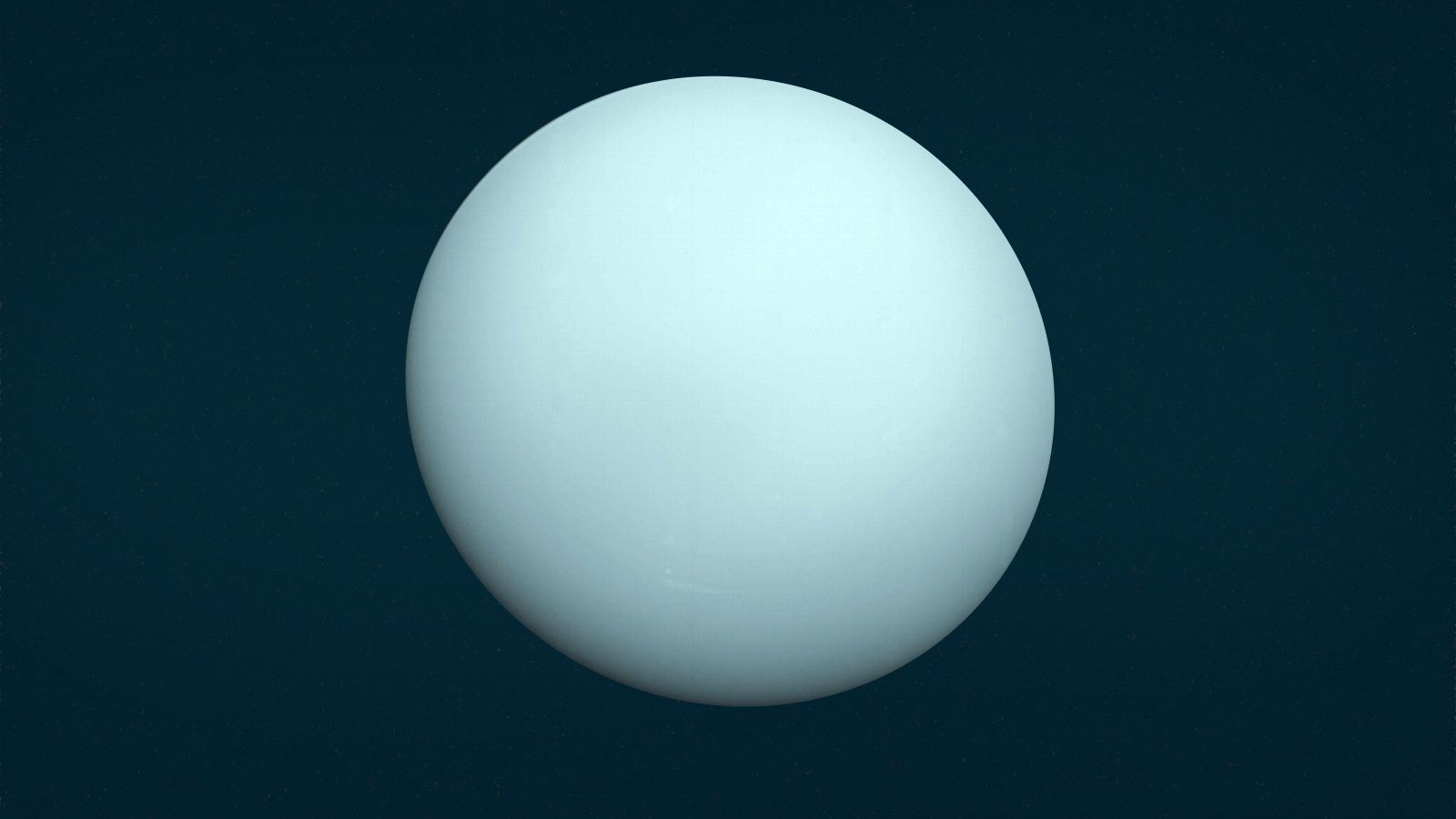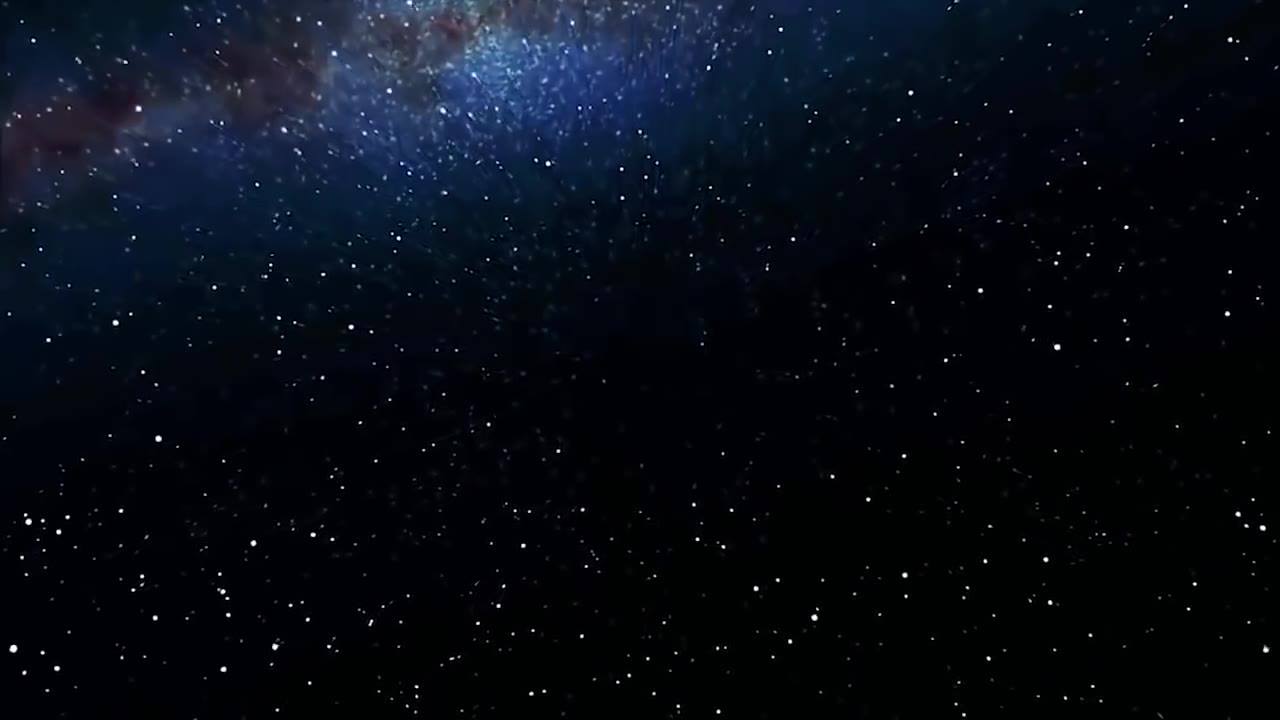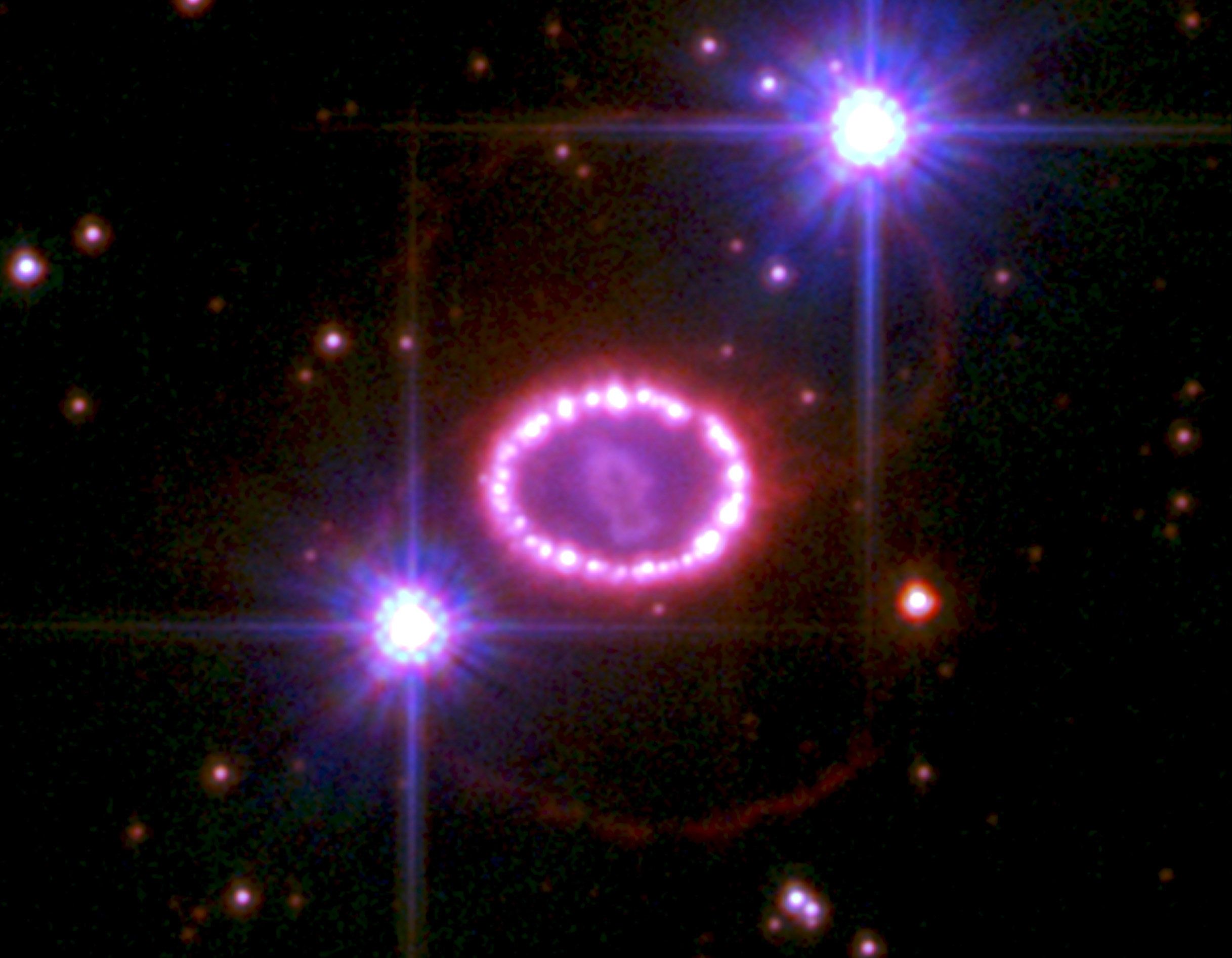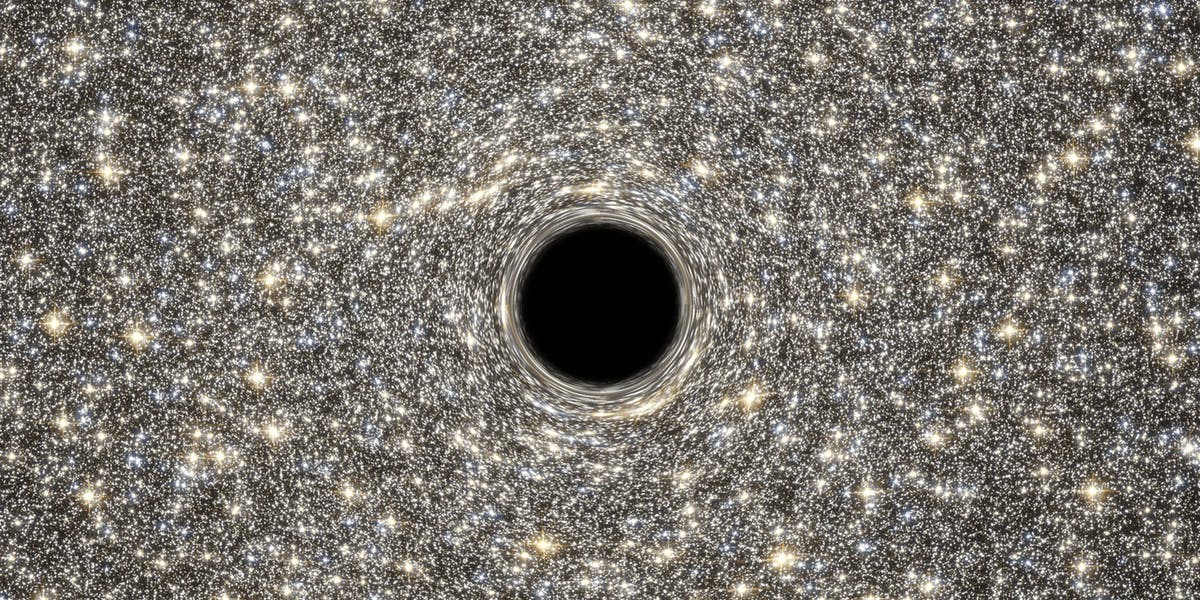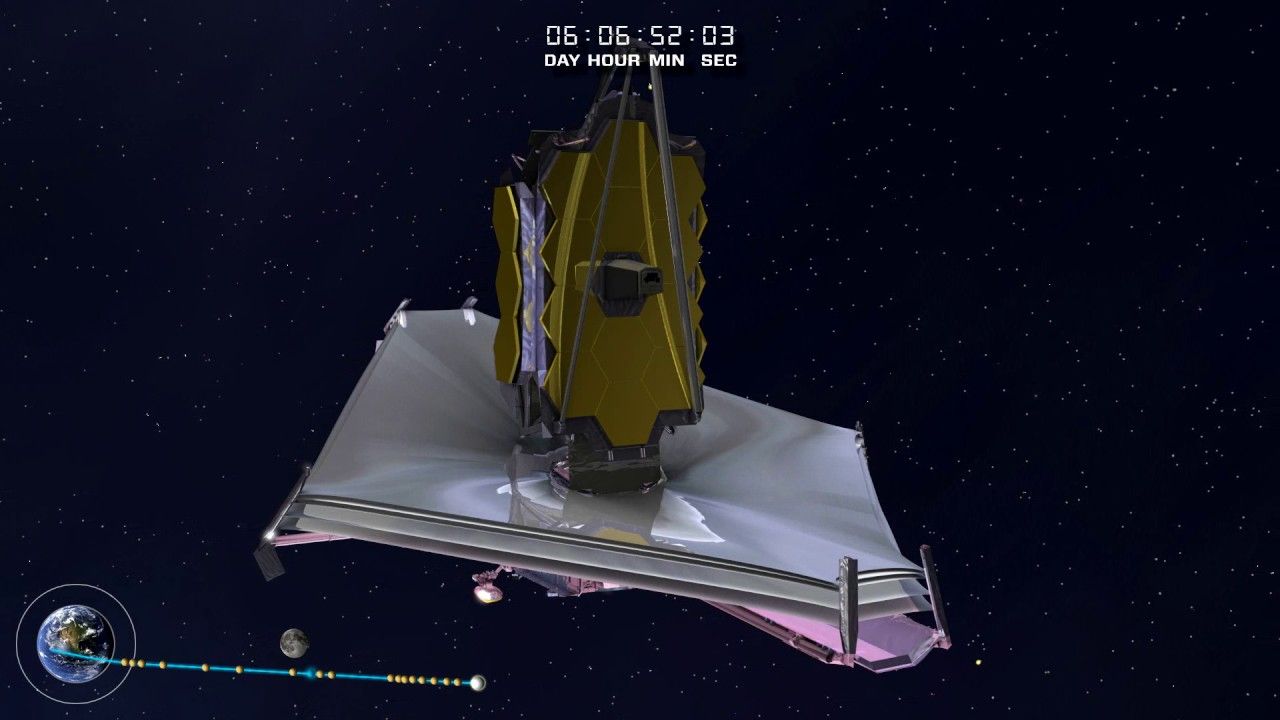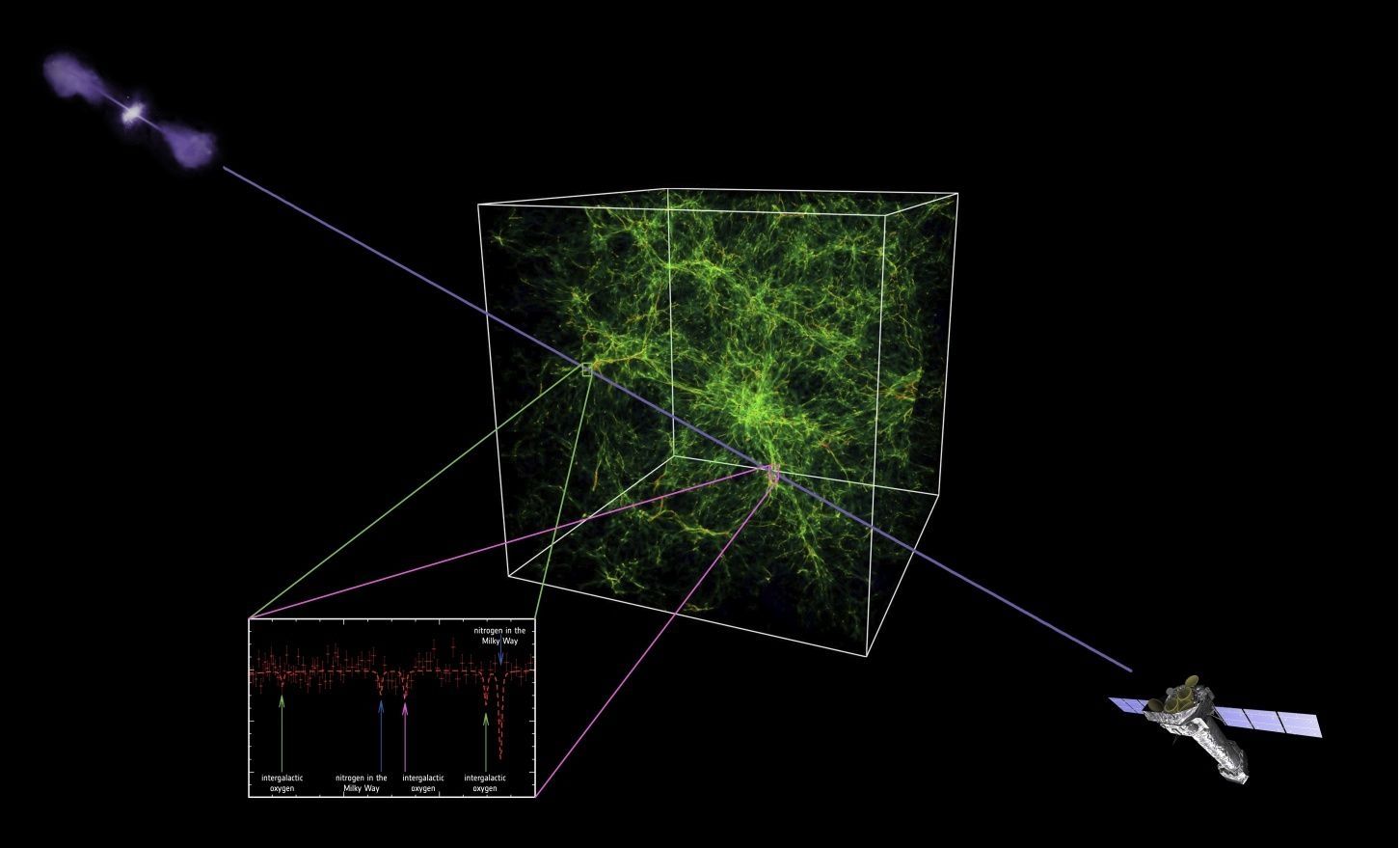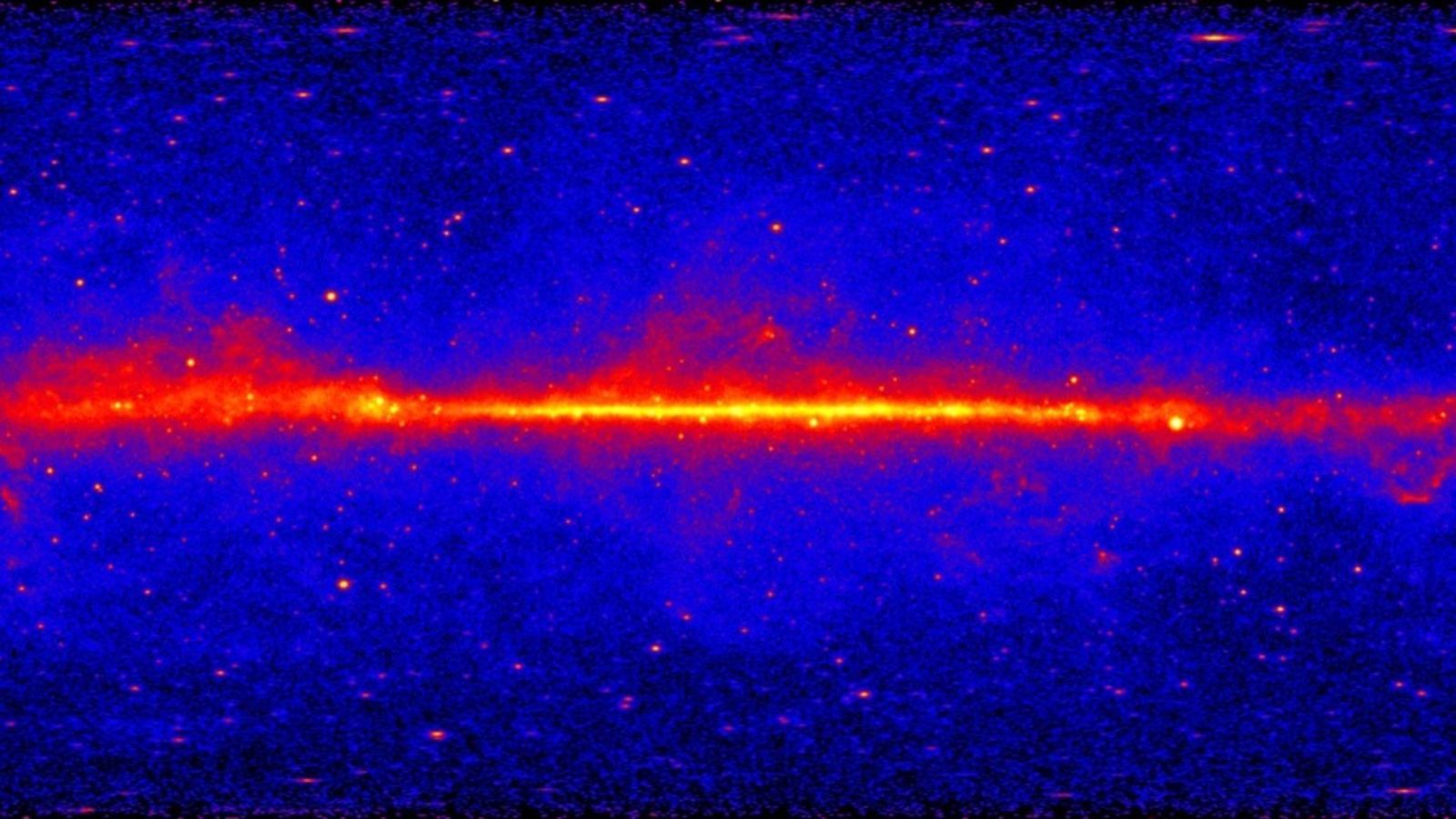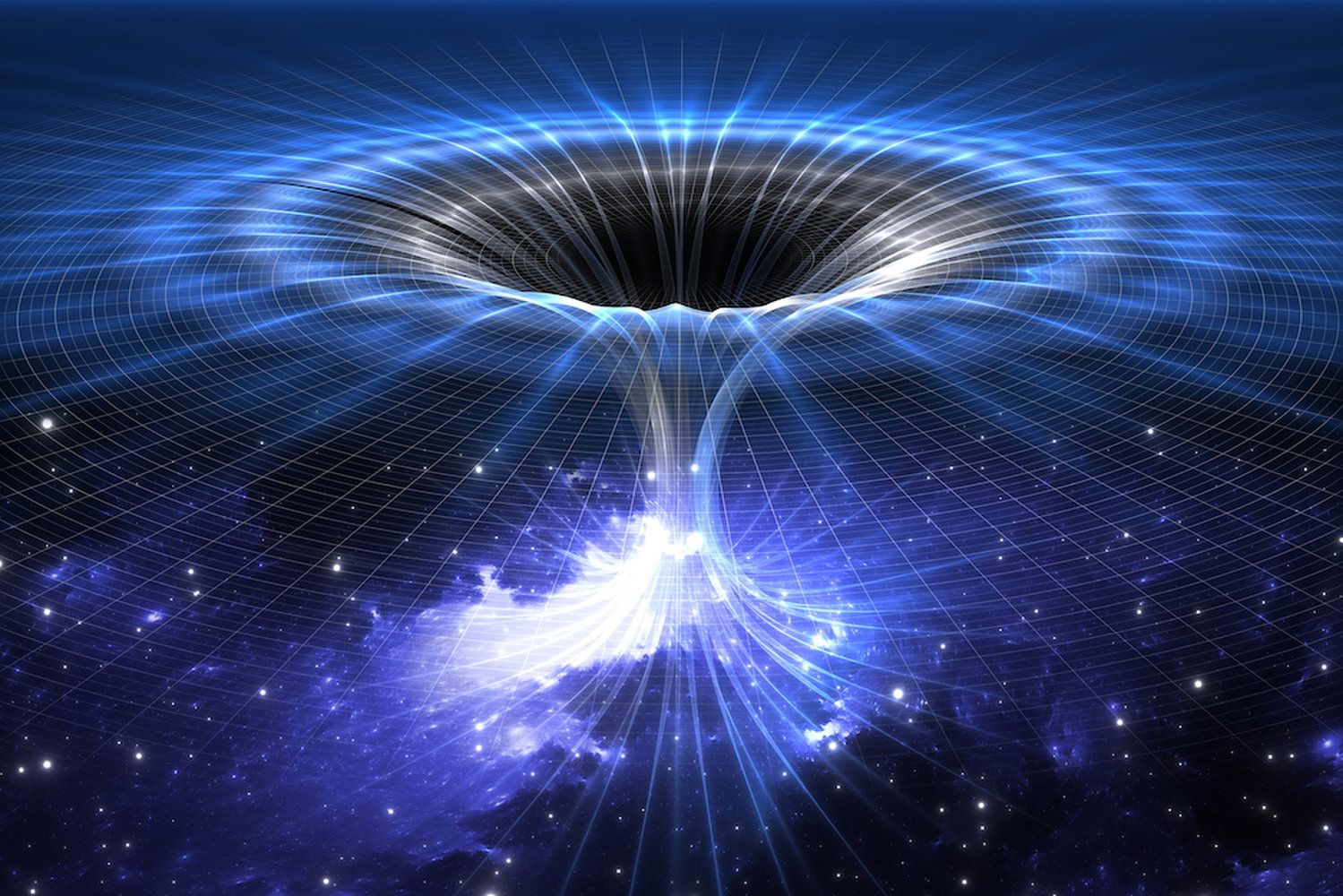Jul 3, 2018
A massive object devastated Uranus a long time ago and it never fully recovered
Posted by Genevieve Klien in category: cosmology
Our Solar System is a pretty calm place these days, all things considered, but that wasn’t always the case. In the period when the planets were still forming, collisions between various large bodies were common, and they ultimately helped shape the system that we see today. New research shows that Uranus, a chilly, hostile planet with a number of peculiar features, was the victim of a devastating impact during those early years, and it might explain some of the planet’s strange personality.
Uranus moves much differently than the other planets in our Solar System, spinning on its side in comparison to the rest of the worlds in our neighborhood. Astronomers have often wondered just how this happened, but simulations performed by scientists at Durham University’s Institute for Computational Cosmology might have finally produced the answer.
Don’t Miss : I completely stopped using my AirPods until I found this $9 accessory.
